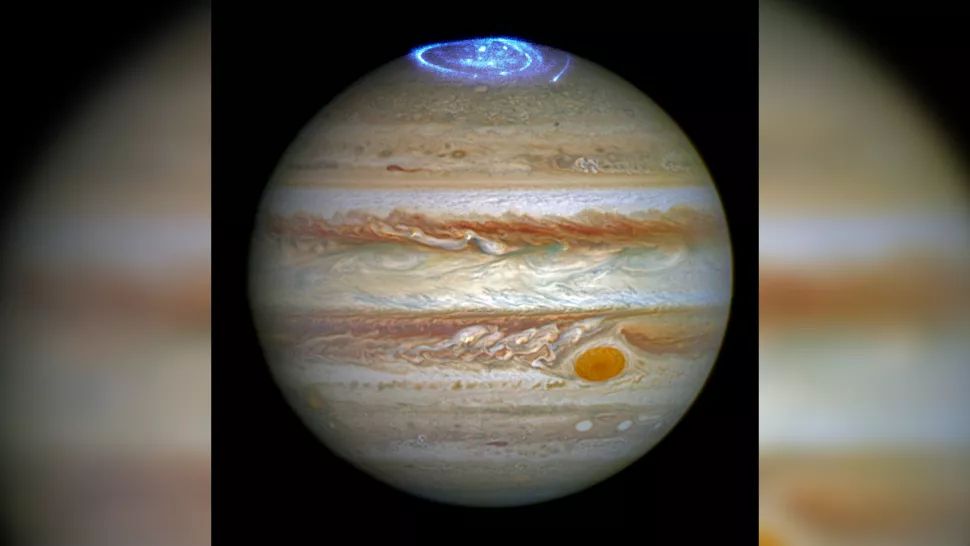When under a great deal of heat and pressure, matter goes “supercritical,” and the difference between liquid and gas seems to disappear. Now, new research finds that matter at this extreme supercritical state is less complicated than scientists previously thought. In fact, there are liquid-like and gas (opens in new tab)-like states in supercritical materials, and the tipping point between the two is surprisingly consistent across matter. This may mean that there are universal rules governing these states across different types of materials.
“The asserted universality of the supercritical matter opens a way to a new physically transparent picture of matter at extreme conditions,” study co-author Kostya Trachenko, a physicist at Queen Mary University of London, said in a statement (opens in new tab). “This is an exciting prospect from the point of view of fundamental physics as well as understanding and predicting supercritical properties in green environmental applications, astronomy and other areas.”
Related: Meet the swirlon, a new kind of matter that bends the laws of physics
Going supercritical
Supercritical fluids are already used in many industries in a variety of ways. Because they combine properties of liquids and gases, they can be employed in a number of chemical reactions and processes, such as hazardous-waste purification, oil extraction and industrial refrigeration. They’re also present naturally in the atmospheres of gas giants such as Jupiter and Saturn.
Understanding the properties of matter in the supercritical state has not been easy, however. When the lines between solid, liquid and gas are blurred, what features of matter can explain its most important properties?
Trachenko and Queen Mary postdoctoral researcher Cillian Cockrell zeroed in on two particular parameters: heat capacity, or how well a material absorbs heat, and the length at which a wave would propagate through the material.
Universal rules
The researchers found that when these two parameters are plotted against each other, there emerges a specific inversion point at which the properties of the supercritical material go from more liquid-like to more gas-like.
What’s more, this inversion point was very similar in all of the supercritical systems the researchers studied. These included supercritical water, carbon dioxide, nitrogen, lead and argon — a diverse group of substances ranging from metallic elements to noble gases.
—Physicists create new state of matter from quantum soup of magnetically weird particles (opens in new tab)
—Ultrahot ‘superionic’ ice is a new state of matter (opens in new tab)
—Physicists give weird new phase of matter an extra dimension (opens in new tab)
This is exciting from a basic science standpoint, Trachenko said, because it raises new questions about whether the inversion point can be explained by existing theories about transitions between different phases of matter (opens in new tab) or whether some new explanation will be needed.
“As we push the boundaries of what is known, we can identify these new exciting questions and start looking for answers,” Trachenko said.
The findings were published today (Aug. 12) in the journal Science Advances (opens in new tab).
Originally published on Live Science.

